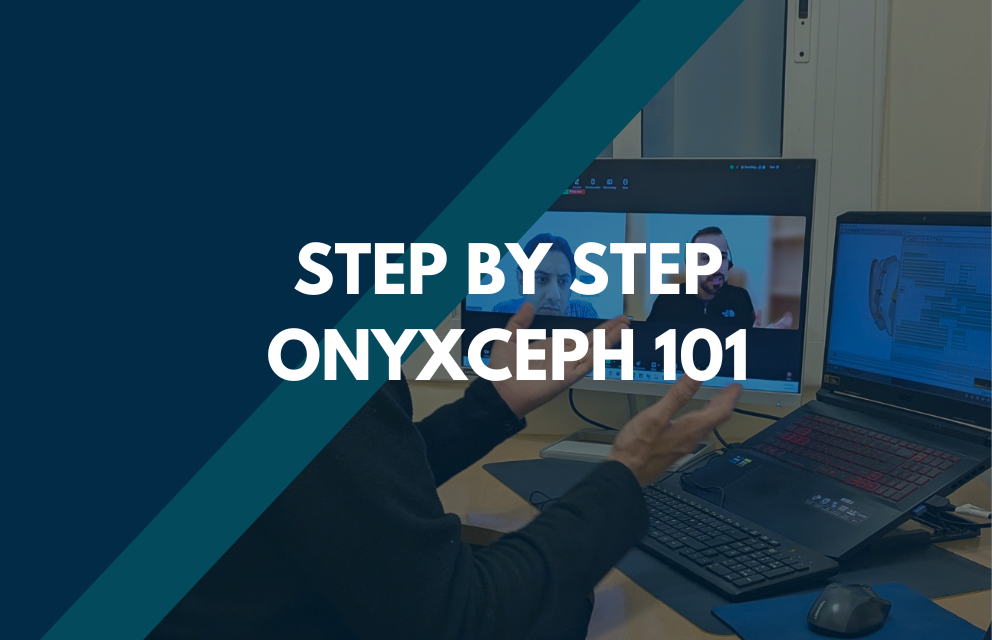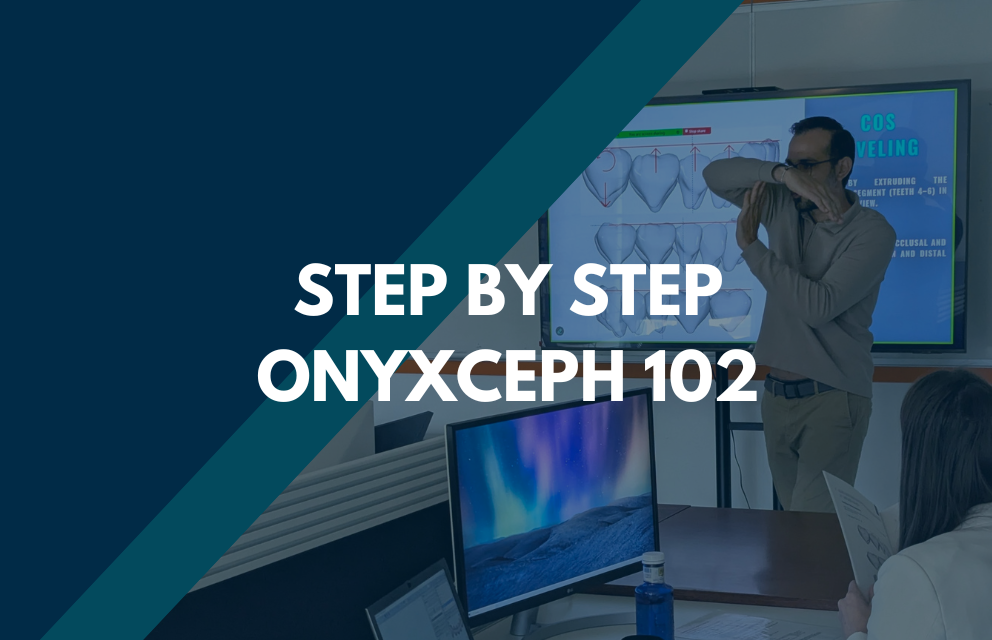Aligners for Beginners
Master the fundamentals of clear aligner therapy—covering biomechanics, anchorage, attachments, IPR, and key differences from braces—to start your journey in aligner therapy with confidence.

About the Course
This introductory course is designed for dental professionals new to clear aligners. It covers essential concepts, including the differences between aligners and braces, the basic elements of aligners like attachments and pressure points, material behavior, and effective treatment for common malocclusions. You’ll also learn about the advantages and limitations of aligners, as well as the science behind aligner mechanics, including force, anchorage, retention, and tooth rotation. Perfect for dentists and orthodontists looking to gain confidence and enhance their skills in clear aligner therapy.
Course Content
Differences between aligners and braces
Gain a clear understanding of the fundamental distinctions between traditional braces and clear aligners, including how each system moves teeth, their advantages in different clinical scenarios, and the implications for patient experience, esthetics, and compliance.
Basic elements of aligners
- Attachments and pressure points: Explore the role of attachments and pressure points in achieving controlled movements, learning when and why to use them effectively.
- Material behavior: Understand how aligner plastic interacts with teeth and periodontal tissues, how thickness and elasticity influence force delivery, and what this means for clinical outcomes.
Malocclusions and simple case solutions
Learn to identify common malocclusions suitable for aligner treatment and follow step-by-step guidance to manage simple cases. Discover protocols for crowding, spacing, crossbite, and mild rotations, building confidence in applying aligners to everyday orthodontic situations.
Advantages and limitations of aligners
Understand where aligners work best and the cases where they are less effective. Learn the limitations of aligner biomechanics, factors that influence predictability, and key considerations for selecting the right patients to maximize success.
The science behind aligner mechanics
Dive into the foundational principles of aligner biomechanics, including force systems, anchorage control, and retention strategies. Gain insight into how dental movements occur, what differentiates desired from undesired effects, and the importance of understanding tooth rotation centers. Explore the role of IPR (interproximal reduction) in creating space and improving treatment efficiency.
.png)



